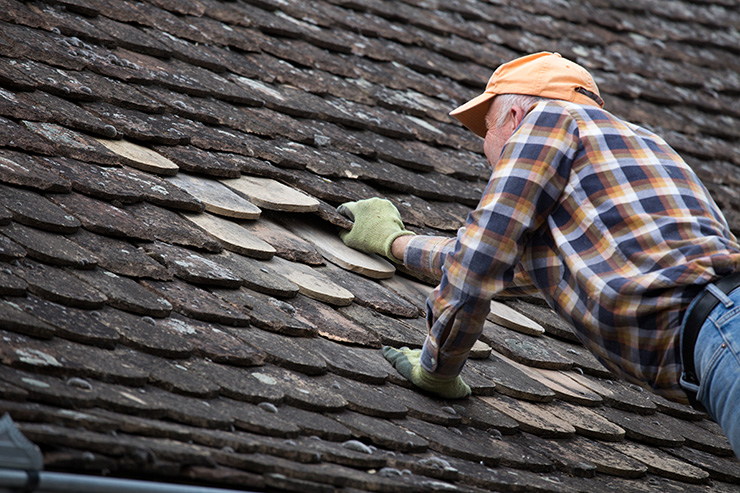How Heat Recovery Ventilation Prevents Moisture Issues

Moisture issues in homes can lead to a host of problems, from structural damage to health concerns. Among these issues, condensation and mould growth are two of the most common and troublesome. Fortunately, homeowners have a valuable tool at their disposal to combat these problems: Heat Recovery Ventilation (HRV) systems. In this article, we’ll explore how HRV systems work to prevent condensation and mould, and why they are an effective solution for maintaining a healthy and comfortable indoor environment.
Understanding Condensation and Mould
Before delving into the role of HRV systems, it’s important to understand the problems they help address.
Condensation occurs when warm, moist air comes into contact with a cold surface. When warm indoor air meets a cold window, wall, or ceiling, it cools down, and its moisture condenses into water droplets on the surface. Condensation is a common occurrence during the colder months and can lead to issues like water damage, peeling paint, and even rot if left unaddressed.
Mould is a type of fungus that thrives in damp and humid environments. Mould spores are everywhere, but they require moisture to grow. When the conditions are right—excess humidity, moisture from leaks or condensation, and organic materials like wood or drywall—mould can rapidly colonize surfaces. Mould not only damages your home’s structure but can also trigger health problems, including allergies and respiratory issues.
How HRV Systems Prevent Condensation
Heat recovery systems help prevent condensation by maintaining balanced indoor humidity levels and temperature. Here’s how they achieve this:
Continuous Ventilation: HRV systems provide a constant supply of fresh outdoor air while simultaneously expelling stale indoor air. This controlled ventilation ensures that excess moisture is consistently removed from your home, reducing the chances of condensation.
Heat Exchange: HRV systems incorporate a heat exchanger that transfers heat from the outgoing, moist air to the incoming, dry air. This process pre-warms the incoming air before it enters your home. As a result, the surfaces in your home are less likely to be cold enough to cause condensation.
Balanced Humidity: Maintaining balanced humidity levels is crucial for preventing condensation. HRV systems help achieve this by expelling excess humidity during ventilation. By controlling indoor humidity, these systems reduce the risk of moisture condensing on cold surfaces.
How HRV Systems Prevent Mould
HRV systems play a significant role in preventing mould growth by addressing the root cause: excess moisture. Here’s how they accomplish this:
Moisture Removal: HRV systems continuously remove excess moisture from your indoor air. This moisture is expelled along with stale air, ensuring that the humidity levels in your home stay within an acceptable range where mould growth is inhibited.
Ventilation of High-Moisture Areas: HRV systems can be strategically placed to provide targeted ventilation in high-moisture areas like bathrooms and kitchens. By expelling moist air from these areas, they reduce the likelihood of moisture buildup that could lead to mould growth.
Efficient Ventilation: Unlike simply opening windows or using exhaust fans, HRV systems provide efficient and controlled ventilation. They expel indoor air while recovering heat from it. This makes them highly effective at maintaining a healthy indoor environment while preserving energy efficiency.
Filtering of Air: Many HRV systems are equipped with filters that can capture particles, including mould spores. While they do not eliminate mould spores entirely, they can reduce their concentration in the indoor air, making it less likely for mould to take hold.
Additional Benefits of HRV Systems
While preventing condensation and mould is a significant advantage, there are some other benefits of HRV systems for homeowners:
- Improved Indoor Air Quality: HRV systems continuously supply fresh outdoor air, which helps remove pollutants, allergens, and odours from your home. This leads to a healthier and more comfortable indoor environment.
- Energy Efficiency: By recovering and reusing heat during ventilation, HRV systems reduce the load on your heating system. This results in energy savings and lower utility bills, especially in colder climates.
- Comfort: HRV systems help maintain consistent indoor temperatures, eliminating cold spots and drafts. This creates a more comfortable living space.
Conclusion
Heat Recovery Ventilation (HRV) systems are a crucial tool in mitigating condensation and preventing mould growth in homes. By providing continuous ventilation, removing excess moisture, and maintaining balanced indoor humidity levels, HRV systems address the root causes of these moisture-related issues. In addition to preventing condensation and mould, they offer a range of other benefits, including improved indoor air quality, energy efficiency, and enhanced comfort.
For homeowners concerned about moisture issues and the health and integrity of their homes, HRV systems are a wise investment that contributes to a healthier, more comfortable, and more sustainable indoor environment.





